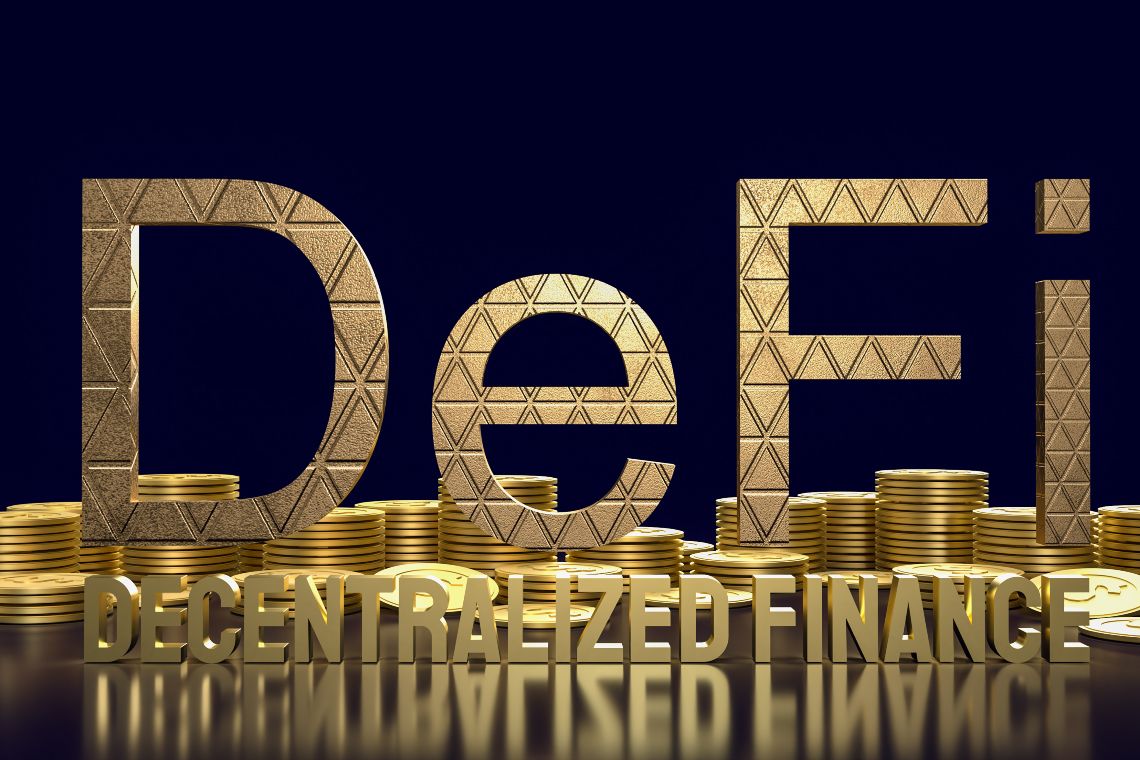Nowhere is the value of a multi chain crypto ecosystem seen more clearly than in DeFi. The processes required for DeFi such as lending, staking and yield farming are complex. Given that there already exist many chains, all offering different services, it is unrealistic to expect one chain to be the best at everything. A healthy DeFi ecosystem is a multichain with different blockchains fulfilling different financial needs.
Currently, the total value locked (TVL) on Ethereum is more than $50 billion. This makes it by far the largest chain in the DeFi ecosystem. Ethereum has more than double the amount locked than Binance Smart Chain which is currently the second largest chain with just under $25 billion. However, TVL is only one way to measure the size of the chain. Nearly 3.5 million transactions take place on BSC every day. This is nearly three times the total number on Ethereum which only has around 1.2 million transactions per day.
This perfectly demonstrates the ability for different chains to fulfill different tasks more efficiently. Ethereum, as a proof-of-work network and a genuinely decentralized network, holds most of the largest protocols that facilitate lending and borrowing.
AAVE is one such example which is comfortably the largest protocol in all of DeFi when measured by TVL. However, the proof-of-work verification model creates complications for Ethereum. Transaction speeds are slow and transaction fees much higher than on BSC. Because of this, BSC can offer a much more efficient product in terms of trading and also potentially has an edge over Ethereum in regards to staking capital in liquidity pools.
Binance Smart Chain, a challenger to Ethereum
BSC was launched less than one year ago and already is a genuine challenger to Ethereum. BSC’s Proof-Of-Staked Authority means that participants in the network will stake BNB to validate transactions. Participants will then be rewarded with part of the transaction fee from transactions that were included in valid blocks that they proposed. Although some would say that this validation method means that BSC is not truly decentralized, one thing is clear, this method makes it possible for BSC to charge fees much lower than that of Ethereum.
Transactions on Ethereum can regularly cost more than $100. On the other hand, it is rare that a BSC transaction will surpass even $0.25. These low fees have no doubt contributed to BSC’s rise more than any other feature. Simply put, Ethereum is completely unsuitable for high intensity trading for the average retail investor.
For developers BSC can also offer much faster transactions. This is a feature that will particularly appeal to DeFi developers looking to create protocols that require many transactions to function.
BSC: The DeFi Chain
Perhaps this is why BSC protocols are far more DeFi oriented than on Ethereum. Just 10% of the DApps on Ethereum serve a DeFi function. However, BSC, despite being a much smaller ecosystem, sees about 75% of its DApps exist as part of the DeFi ecosystem.
Comparing and contrasting a DEX from each chain is the best way to illustrate the differences between the chains. SushiSwap is a very popular DEX on the Ethereum chain whereas CoinSwap Space is a new DEX that operates on BSC. Both of these chains provide a myriad of different DeFi options allowing users to do yield farming and stake their crypto tokens. The goal of both of these DEXes is to challenge the leading DEX on their blockchain (UniSwap on Ethereum and PancakeSwap on BSC).
Perhaps the biggest difference between these two DEXes and perhaps the difference that is most significant to users is the fees. To use SushiSwap, a user must pay fees on the Ethereum network which, as noted, regularly leads to fees above $100. CoinSwap on the other hand, has low fees even relative to other BSC DEXs, being able to offer transactions for less than $0.20.
Low transaction fees on BSC mean that CoinSwap can offer many different features that make DeFi simple. Using the mass harvest function, users can send all of the returns across all of their liquidity pools and staked tokens straight to their wallet. No matter how many different pools a user has investments in on CoinSwap, all of the returns can be harvested in just a few simple clicks. Because of the inefficiencies of Ethereum’s Proof-of-Work model, packaging so many different transactions is much more difficult.
Another key feature of BSC, especially moving forward, is that it was built to facilitate interoperability. CoinSwap is just a couple of months old but already the team envisages incorporating different blockchains as part of their DEX. This is possible because BSC is built with dual chain architecture. This will be a huge asset to any protocol built on BSC if DeFi does indeed develop into a multi-chain ecosystem. The interoperability of BSC means that DeFi can be supported however it develops.
Pushing DeFi To The Next Level
There is plenty of room in DeFi for BSC, Ethereum and many more chains. BSC holds advantages over Ethereum in some areas but that doesn’t mean that Ethereum isn’t the superior chain in other areas. However, low fees and fast transactions on BSC have facilitated a DeFi ecosystem that serves the average investor in a way that couldn’t exist on Ethereum. The fact that this took less than a year to grow, demonstrates how much of a demand there was for this version of DeFi. This challenge that BSC offers can only push the rest of the crypto sphere forward.
Author
Michał Bartczak, Co-founder and CTO at CoinSwap
The post Why Binance Smart Chain (BSC) has become the DeFi chain appeared first on The Cryptonomist.






















